Imagine a lawn that needs little mowing each year, saving you time and/or the expense of hiring a maintenance team to make their bi-weekly visits? The smart folks at Delta Bluegrass Company have come up with two such California native products and best of all you can buy it in rolls of sod instead of waiting for it to grow from seed.
Native Mow Free ™ is a blend of 3 different Fescues: F. occidentalis, idahoensis and rubra. For areas that are for looks only, there is no need to mow. The desired appearance and projected use of your sod area will determine the mowing height and frequency.
Since this is a native plant, it does not need or like heavy chemical fertilizers. Instead use very slow release or organic (preferred) fertilizer in the spring and fall and remember to water in well. For a mow free to low mow lawn that receives up to 50% daily shade, this is a great choice.
For a full sun application or if you want a native lawn that looks traditional, Native Bentgrass™, is a good choice for you. The sod is 100% Agrostis pallens. By keeping it at a height of 1/1/2- 2” it will look just like a traditional lawn but without the hassle needed fertilizers (same as above).
Another benefit that you can enjoy is water savings! Once your sod has established itself through one summer season, Delta Bluegrass states that you can “reduce your irrigation to 50% less than what you would apply to traditional areas.” Depending on where you live (climate), this means that your return on investment of switching to native would be recouped in as little as 18 months (water and maintenance costs combined).
So less maintenance and less water…sounds like a win-win for these lawns. If you are thinking of going native, please feel free to discuss with me as there are other choices on the market depending on your unique site requirements.
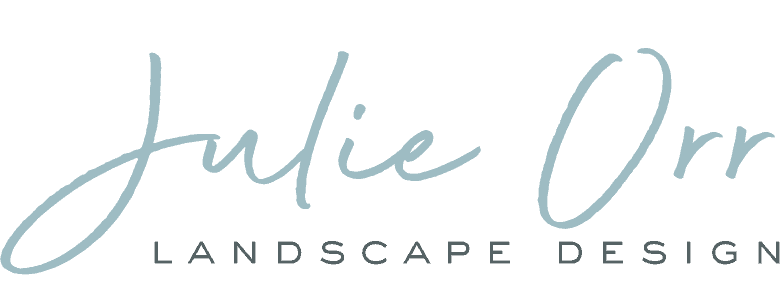
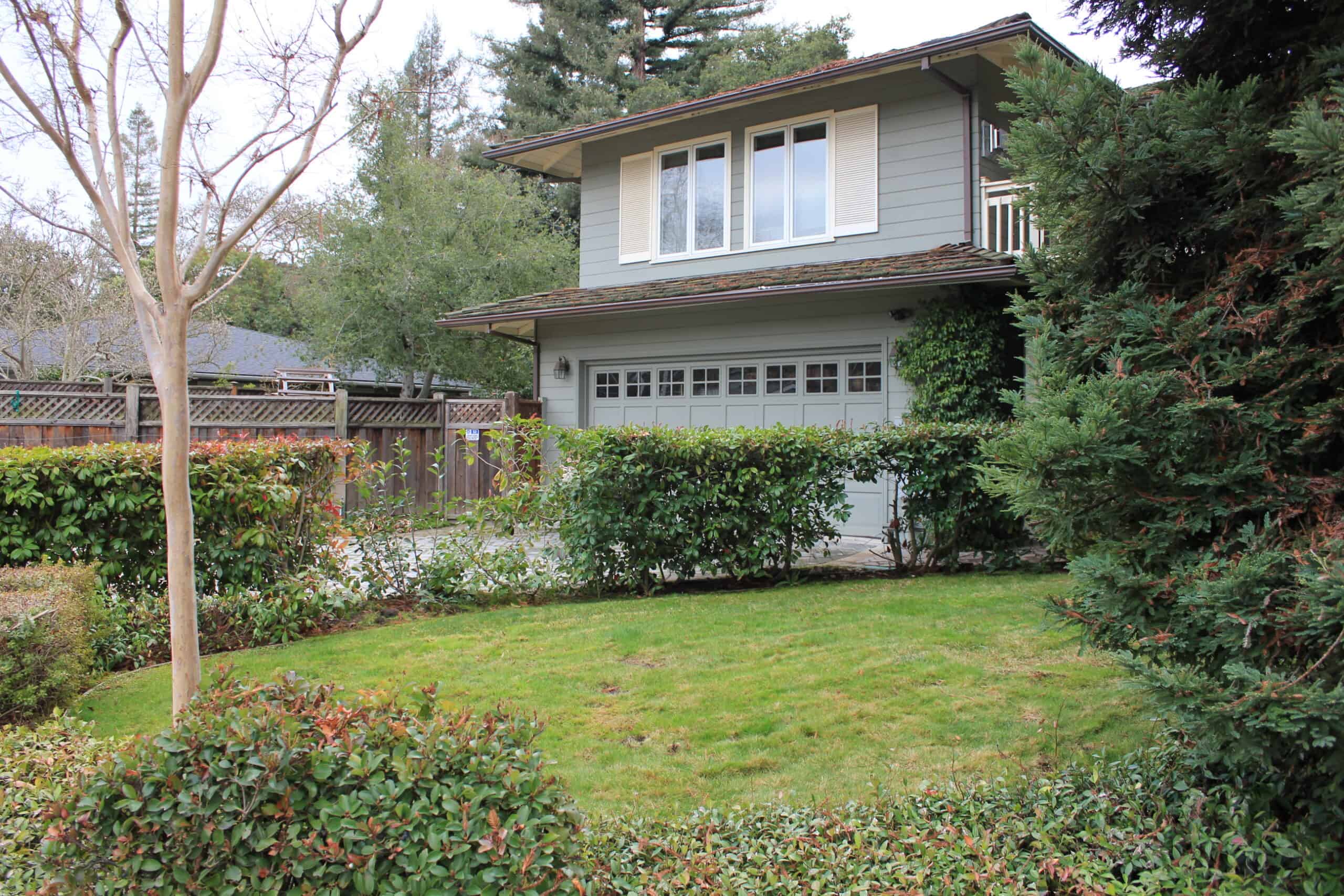
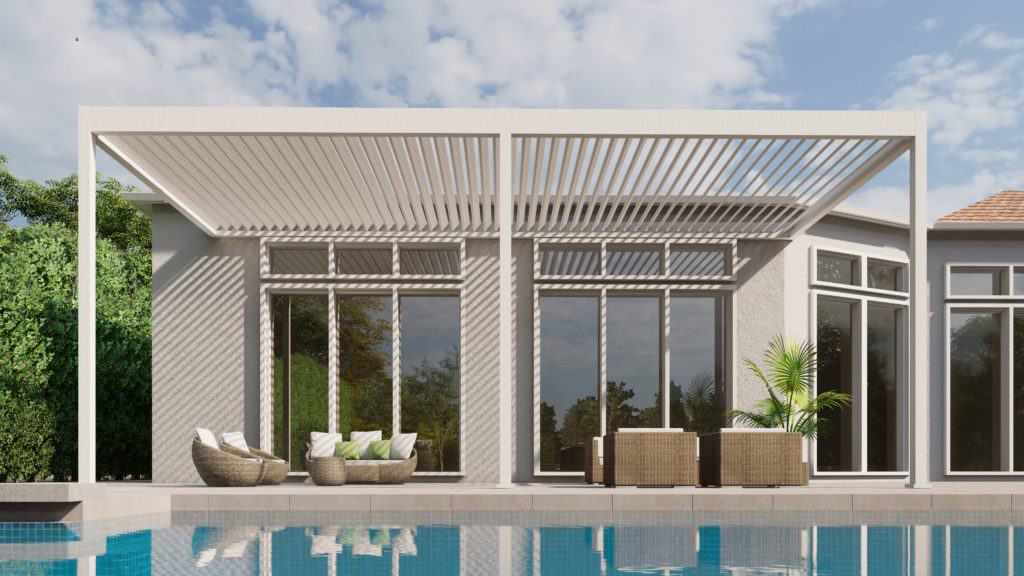
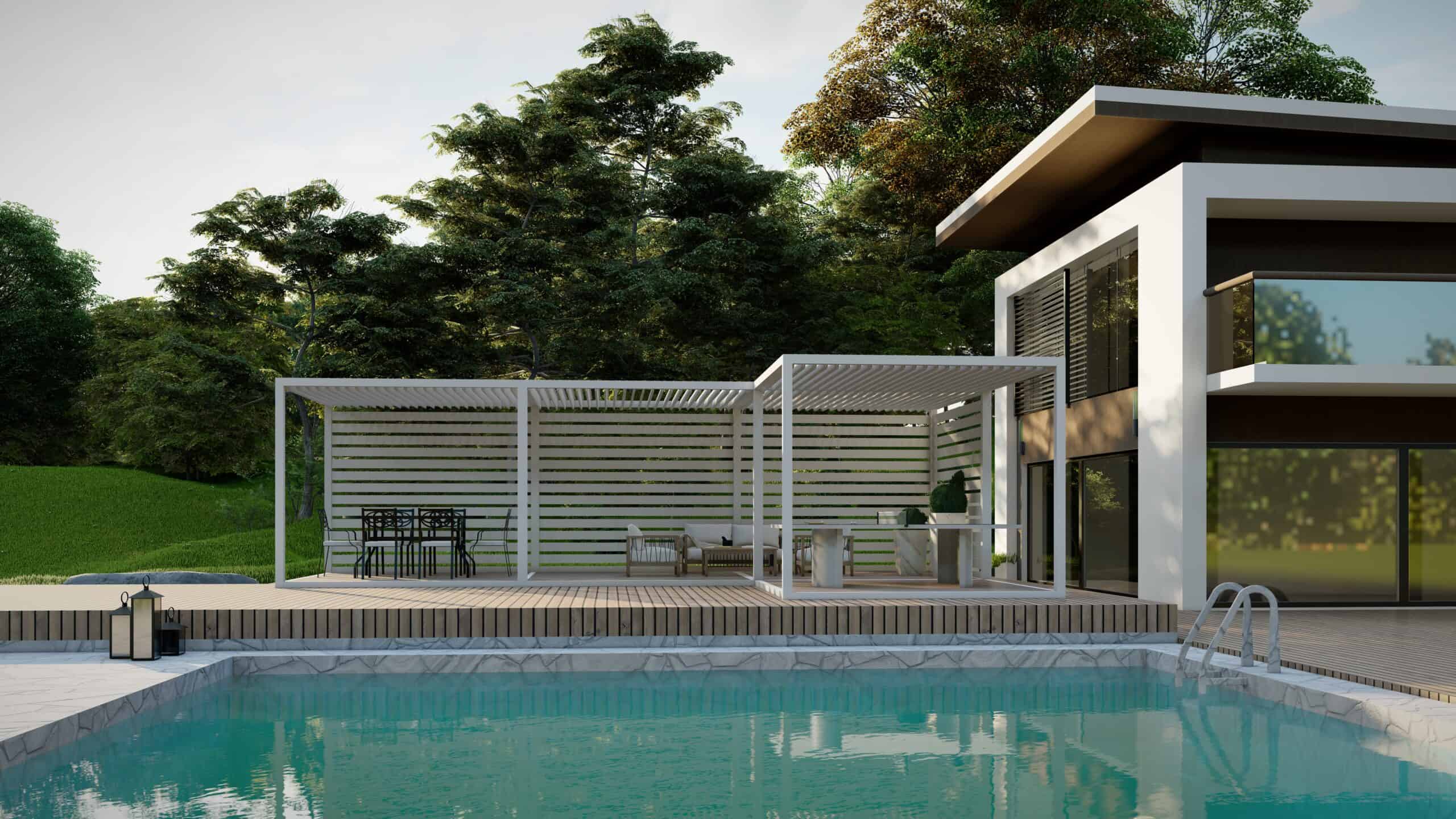
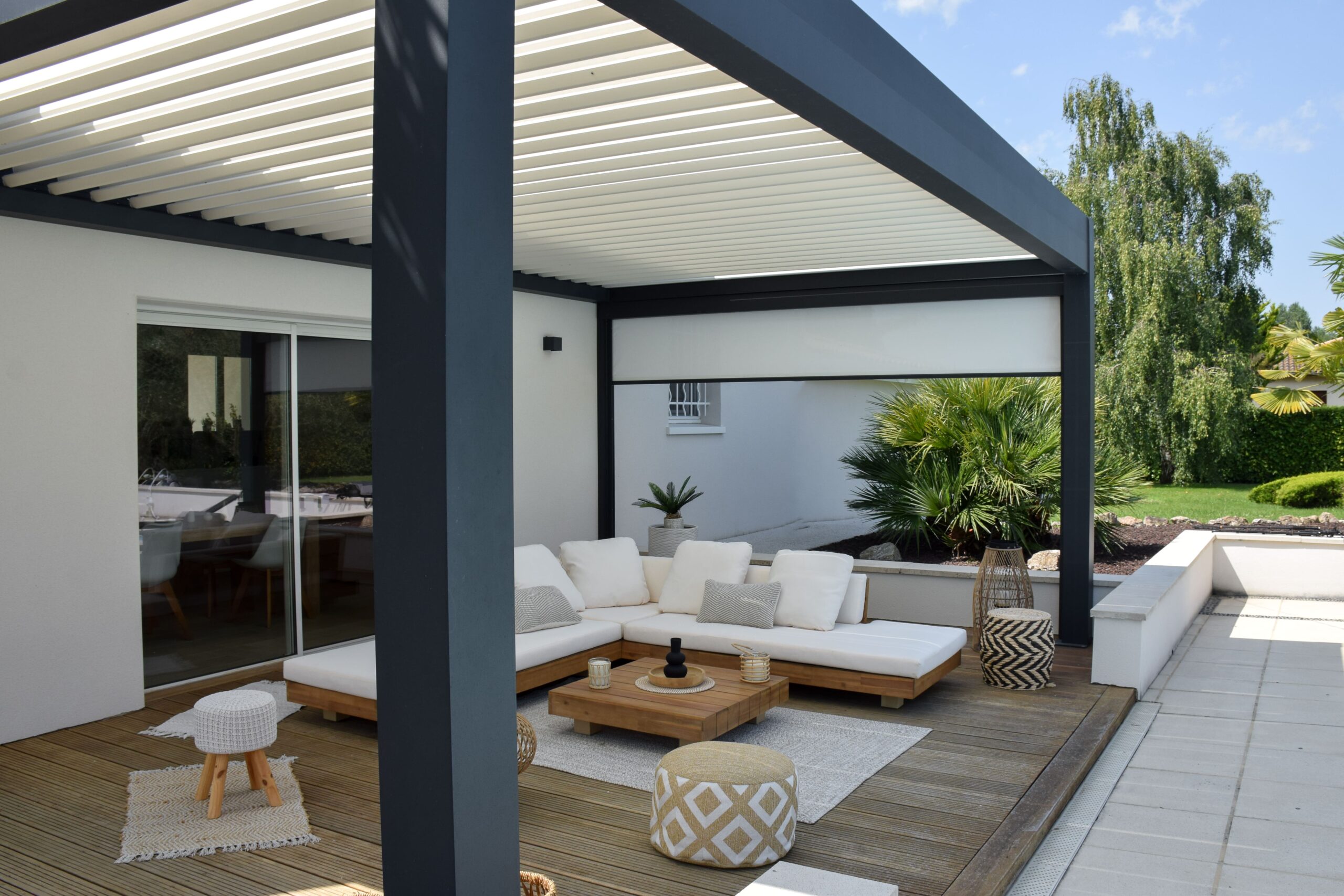
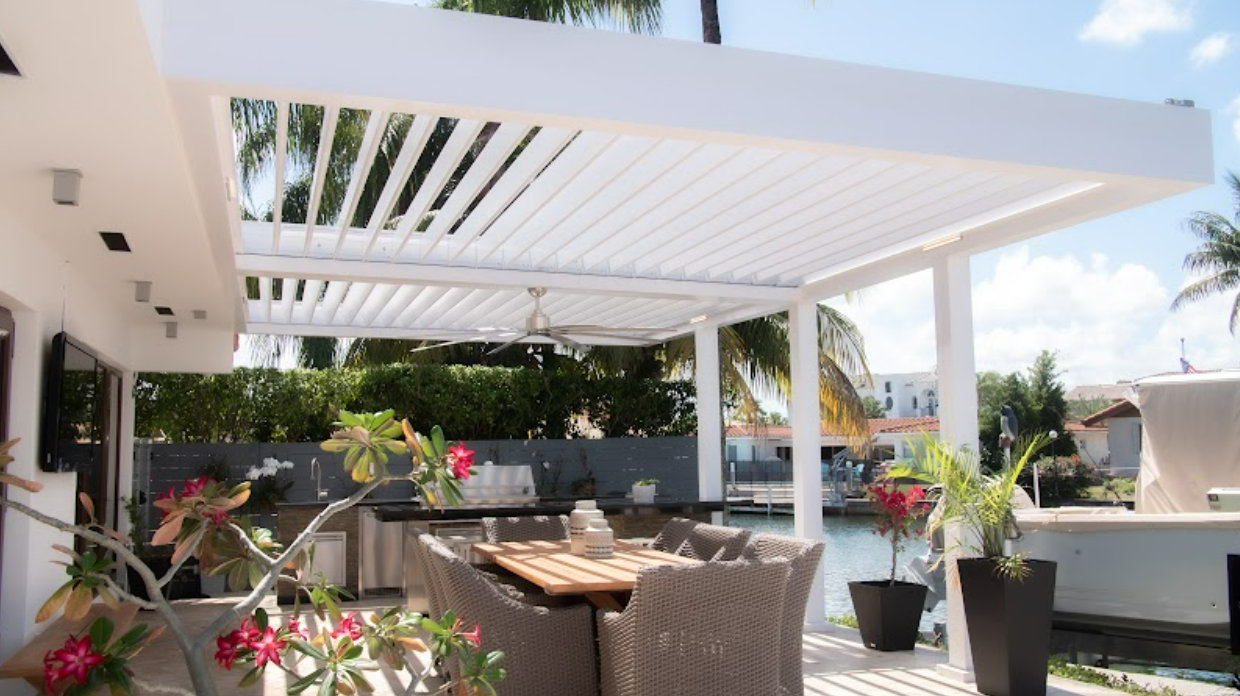
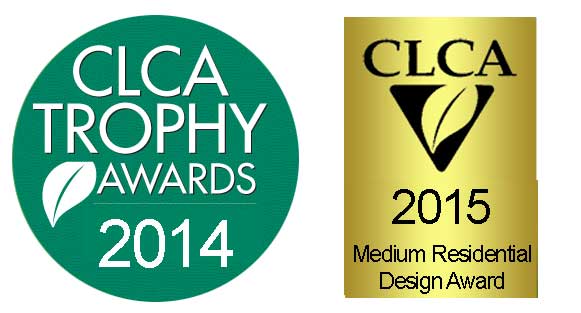

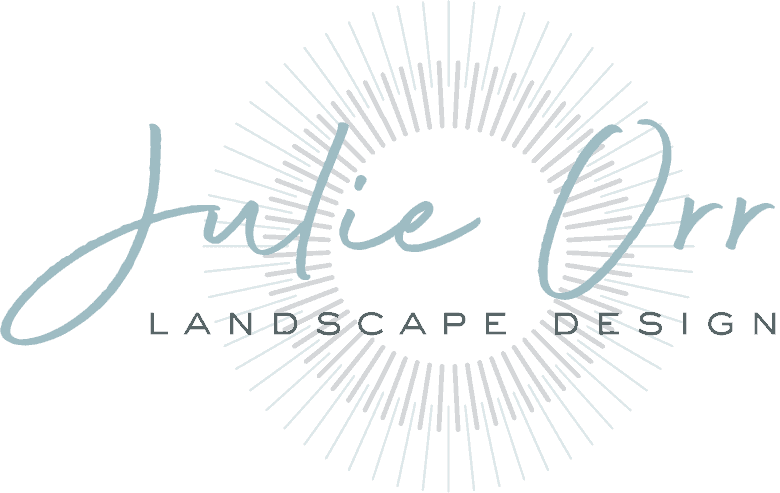
Beautiful Julie!
Love your work and these grasses are spectacular.
Would these grasses work at other elevations? I’m in Murphys at 2400 above sea level, we get winter snow and ice and it can be challenging to find beautiful grasses that survive the winter and can withstand the heat of summer. Any suggestions would be most appreciated!
Best wishes for your continued Success!
Lauren
Julie, are there any native grasses that would do well under the shade and dry soil of pine trees?
Hi Jeri,
For pine trees, I must say that native ferns do the best. It’s not just the shade but the soil acidity that won’t promote a fluffy, bold grass.
[…] designer Julie Orr used Agrostis Palens to beautiful effect, noting Native Bentgrass does well in full sun and does a […]
I am putting in Agrostis pallens lawn in full all day sun. My landscaper is resistant to using 12″ risers. I am not planning on mowing like turf but would like for it to look “natural.” He has suggested MP rotator nozzles on the existing standard sprinkler heads. What is your assessment of the height need for sprinklers? Thanks in advance for help!
12″ minimum irrigation risers. Spray or MP rotator will work. They still advise that you mow twice a year (February and March) to keep down the thatch.
Located in Rio Vista, I’m a landscape contractor. Just how often will this particular product need water. In other words during the course of a month where we experience 90 plus degrees in the summertime, what is your suggestion
Delta Bluegrass company is located in Northern CA. They say that once established you may cut water in half- to us locals in the SF Bay area, half water usage would be watering once or twice a week to maintain some green. Water less if you like a bit of gold tones to your lawn.
Hi Julie,
So glad I came across your article. I’m deciding between No-Mow and Native Bent Grass and I live in SoCal. The area is part sun, part shade. I tried to seed Eco-Lawn but the sun area was taken over by weeds (even though I prepped the soil) and it only grew about 3″ in the shade. My question is, if I use Native Bent Grass seed will I get the fullness of sod, perhaps by over seeding next spring? And how long before I can expect to have it filled in? I’m thinking of starting with low sprinklers since it’s seed and adding risers when necessary. I’d love sod but it’s rather expensive! But I don’t want to waste time and money on seed if it isn’t successful. Thanks for your input! Can’t wait to have it ….
The sod is wonderful! It’s full at delivery and you can walk on it in 2 weeks after installation (could be important if you have children or pets). I think it’s worth the extra $ for the immediate satisfaction. Good luck!
These grasses are taking off all over N. California, Delta is selling thousands of square feet a week. They are a great substitute for ornamental turf grass but I fear that the lack of maintenance and irrigation knowledge in our industry native grasses are not saving the amounts of water that we would hope. Hiring a knowledgeable licensed landscape proefessional who understands plant, soil, water relationships is vital.
Most parts of the Bay Area are clay soils with an infiltration rate of .17-.20″ per hour. Low precipitation rate nozzles, cycle soak and understanding the plants water use (all plants in the landscape) will ensure healthy plants, these grasses will rot and die if over irrigated. Hiring a professional irrigation consultant to draft your irrigation design, irrigation schedule and irrigation maintenance package will help your landscape achieve your vision.
I agree with you wholeheartedly. I like the way you stress the importance of hiring a licensed landscape professional who knows what they are doing.
I have a native bentgrass lawn that I have not mown yet (it was installed in May). I have two questions:
1) Should I be mowing it more? I do like the thick, green, bent-over look of it as a natural lawn, but is it bad to walk on when it’s left natural?
2) When it turns gold, my natural worry is that it is dying, even though I know it’s a cold-season grass. What’s the least amount of water I should be giving it? It’s on well-drained soil.
Thanks!
Hi Heather,
Delta Bluegrass recommends that you mow twice a year in the SF Bay Area. Once in the beginning of February and then again late February or March. I’m not sure where you live but they are a great resource for more info, just give them a call. Good luck!
Hi Julie! I spread Native Bentgrass seed a few weeks ago down here in L.A. and have beautiful, thick patches of green showing up. It’s obvious, though, that I missed some (lots of) spots! Do I need to add more seed or will the existing grass spread around? Thanks in advance for your help.
If you have the seeds- use them! Delta Bluegrass also makes sod in case you get impatient waiting for all areas to be fully covered. Good luck!
Do you recommend subdrip irrigation for these lawns such as Netafim? I am thinking of having that installed with one of these mow-free lawns.
I think Netafim is a wonderful product and the Rep will tell you that it’s awesome for sub surface irrigation. However, my preference would be to do above ground spray with a 12″ high riser (so that it pops up high enough to water should you decide to not mow it). That way you know that it’s working and don’t have to worry about future leaks int he system. Good luck!
Hi, I installed Bentgrass agrostis pallens last spring but we’ve never mowed it. It is looking thin and light green and standing straight up (over a foot tall) this spring with patches of brown thatch underneath. Is it too late to mow it now? I don’t know how to repair it! Help!
I like to weed wack it back at the end of January AND end of February. That should get rid of thatch and invigorate spring growth. Good luck.
Ours looked the same, so I weedwhacked it in April and one half of my yard looks great and the other half is dying (the sides are separated by our front walkway). Not sure what to do – we’re back to watering it daily as we’ve had record heat in SoCal but this grass is not as low maintenance/drought tolerant as I had hoped!
Is this grass good for letting dogs and kids run around on?
I don’t recommend it for high traffic since there are other blends to fit dog/kid areas better like 90/10 fescue rye blends. But if kids and dogs are gentle and not using it everyday- why not.
Is the agrostis pollens invasive – if it is planted up to a low shrub border, will it take over?
It’s a Cal Native- not invasive here.
Hi, Julie.
Just wanted to thank you for this (old) post! Your photos helped me make the decision to keep 1200sf or lawn as I go 100% drought tolerant with the rest of my yard.
I DIY’d the MowFree Detla Bluegrass sod almost two weeks ago (Southern California). It’s doing very well and has already begun taking root. I spent a couple months prepping the soil and added drainage before taking delivery. As you know Delta & Soil Solutions has a lot of PDFs with all the info one will need… from old lawn removal, soil prep, install, irrigation and care.
The lawn is already growing and I look forward to cutting mine about 4 times a year. Also looking forward to using 50% less water too!
Again THANK YOU!
RD
Thank you Rich for taking the time to give us your feedback. I hope you’ll share some pix with me someday. Best wishes and happy gardening!
Julie you seem to be the only authority on native bentgrass that I can find. Delta Bluegrass emailed me a pdf about care but I’m still struggling with my native bentgrass. By March it had reached close to 2ft tall sticking straight up and a dull green, so in April I found advice online about weedwhacking the top flowering portion. I did that and upped the water to daily, and had sprinkler risers installed. Now half the yard looks great, the other half is dying. There is some green up top but a thick layer underneath that looks completely dead. There are also big chunks of white that keep showing up, that crumble to black dust. Some kind of fungus? Probably from the daily watering which still seems to not be working to revive the grass. I’m getting so frustrated and very upset because this lawn was expensive and I can’t afford to replace half of it.
I reached out to our Delta Bluegrass rep and the simple truth is that is doesn’t stay lush or green in high heat/hot sun. You can try to water more but then you run the risk of overwatering and things turn anaerobic and will die. It’s a tricky grass and not for everyone. For this reason I am very, very careful now to own spec in in shady areas where there are no kids or dogs. Delta Bluegrass will mail you free seeds but then they wash their hand of you and your troubles.
Hi Julie, we are getting ready to install the “no mow” grass in our so cal yard and now I am fearful because it does get so hot in the summer. The sales guy said it would grow well in the sun or the shade. I have one spot that is in the sun most of the day. But if it gets hot in the summer and browns, doesn’t it come back in the fall when it cools and we gets some rain? Or will it kill it all together? The sales guy said that it will not die, just brown. But a little water should keep it green. We are putting a lot of it in, so now I am a little scared. But I hope the no mow variety is a little easier than the bent grass? Thank you!
Hi Leah. We have not had much success with this sod in full sun here in the San Jose area. In cooler areas closer to San Francisco, it performs better. I understand what the sales rep is telling you- and while true that doesn’t mean that you’ll be pleased with the results. IOW, you have to be ok with brown lawn in the late summer or ok with over watering to keep the green appearance up. Lately, I’ve been specifying their Kurapia sod instead so that I can avoid the “browns.”
I want to buy the seeds and plant it myself (native mow free from Delta grass) but it was not advised by a landscaping company. Reason? Hard to grow and hard to distinguish between weed grass and native grass? What is your imput? I’m willing to give it a try as we live in Pacifica/ssf area where we don’t get a lot of sun
Hi Chris. Yes, I would say that starting with seeds is most difficult due to weeds (hard to pull out weeds the first couple years). Also it depends on the time of year you plant the sod/seeds. As long as you avoid planting in the summer and you have the time and patience, you might be fine with seeds. Good luck!
Hello,
About three weeks ago we put in some native mow free sod. It arrived looking rather stressed. All strips of sod had brown patches. I should have taken a photo and contacted the seller but I thought that maybe it was ok and it will recover. Now, three weeks later, it still looks the same and the edges of the sod are lifting up. It no longer looks seamless, and possibly even more brown. Any suggestions? Thank you so much for your time.
We had the same thing happen to us last summer. Unfortunately, the rep just told us to water it more. The client wasn’t happy with that answer and we decided to replace it with regular 90/10 blend. The best time to install this type of sod is later fall/early winter just before the rains.